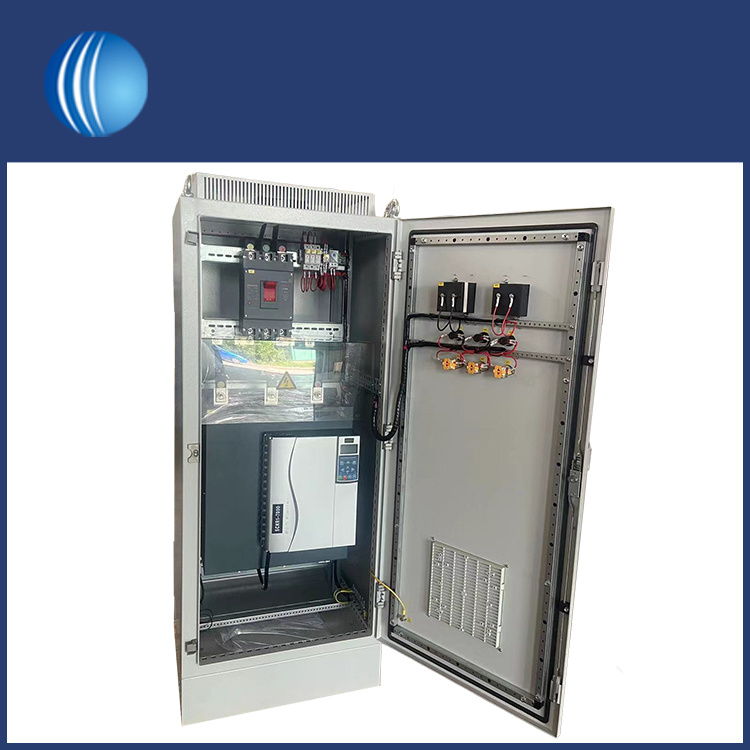
Power distribution enclosures, also known as electrical enclosures or distribution boards, are essential components in electrical systems used to distribute electrical power from a single source to multiple circuits or loads within a building or facility. The goal of Shouke® is to establish long-term cooperative relationships with customers by providing high-quality products and professional services.
1. Types of Power Distribution Enclosures:
Main Distribution Boards (MDBs): These are the primary distribution points that receive power from the utility source and distribute it to various sub-circuits.
Sub-Distribution Boards (SDBs): These boards receive power from the main distribution board and further distribute it to specific areas or loads within a building.
Final Distribution Boards: Located near the loads they serve, these boards distribute power to individual equipment or appliances.
2. Components and Devices Inside Power distribution enclosures:
Circuit Breakers: Automatic switches that protect circuits from overcurrents and short circuits.
Fuses: Overcurrent protection devices that melt when current exceeds a specified level.
Switches: Devices used to manually control power flow to specific circuits or equipment.
Residual Current Devices (RCDs): Also known as ground fault circuit interrupters (GFCIs), these provide protection against electrical leakage or ground faults.
Surge Protectors: Devices that divert excess voltage to protect sensitive equipment from power surges.
Busbars: Conductive bars that distribute electrical power within the Power distribution enclosures.
Monitoring and Metering Devices: Instruments that measure power consumption and provide information for energy management.

3. Industrial vs Residential Use:
Industrial Enclosures: Designed to handle higher power loads and often more complex distribution configurations. They might include features like arc-flash protection and remote monitoring for large-scale applications.
Residential Enclosures: Generally smaller and simpler, they are designed for home electrical systems. They often include circuit breakers for lighting, outlets, and appliances.
4. Smart and IoT-Enabled Power distribution enclosures:
Some enclosures are equipped with sensors, communication modules, and data collection capabilities. These "smart" enclosures allow for remote monitoring and control of power consumption, enabling energy-efficient management.
5. Modular and Customizable Designs:
Modular enclosures consist of interchangeable components, allowing for flexibility in arranging circuits and accommodating changes in the future.
Customizable enclosures can be designed to meet specific layout and capacity requirements.
6. Safety Precautions and Standards:
Power distribution enclosures are designed to meet safety standards that vary by region, such as the International Electrotechnical Commission (IEC) or National Electrical Code (NEC) standards. These standards dictate aspects like enclosure material, ingress protection (IP) ratings, and clearances.
7. Energy Efficiency and Sustainability:
Enclosures can contribute to energy efficiency by housing devices that help manage power usage, reduce wastage, and minimize losses in the electrical system.

8. Power distribution enclosures Materials:
Common materials include steel (for durability and protection), stainless steel (for corrosion resistance), and plastic (for lighter-weight and non-corrosive options).
9. Integration with Renewable Energy:
Enclosures can play a role in integrating renewable energy sources, such as solar panels or wind turbines, into the overall electrical system.
10. Maintenance and Accessibility:
Design features such as hinged doors, removable panels, and clear labeling facilitate easy maintenance, inspection, and troubleshooting.
11. Role in Emergency and Safety Systems:
Some enclosures house components related to emergency lighting, fire alarms, and other safety systems, ensuring they are well-protected and easily accessible.
Power distribution enclosures are foundational components in electrical infrastructure, contributing to the reliable, safe, and efficient distribution of power in a wide range of applications.
Shouke® is SKYT's agent in China. Whether you are looking for standard products or customized solutions, SKYT® will wholeheartedly provide you with the best industrial electrical cabinet products and services.